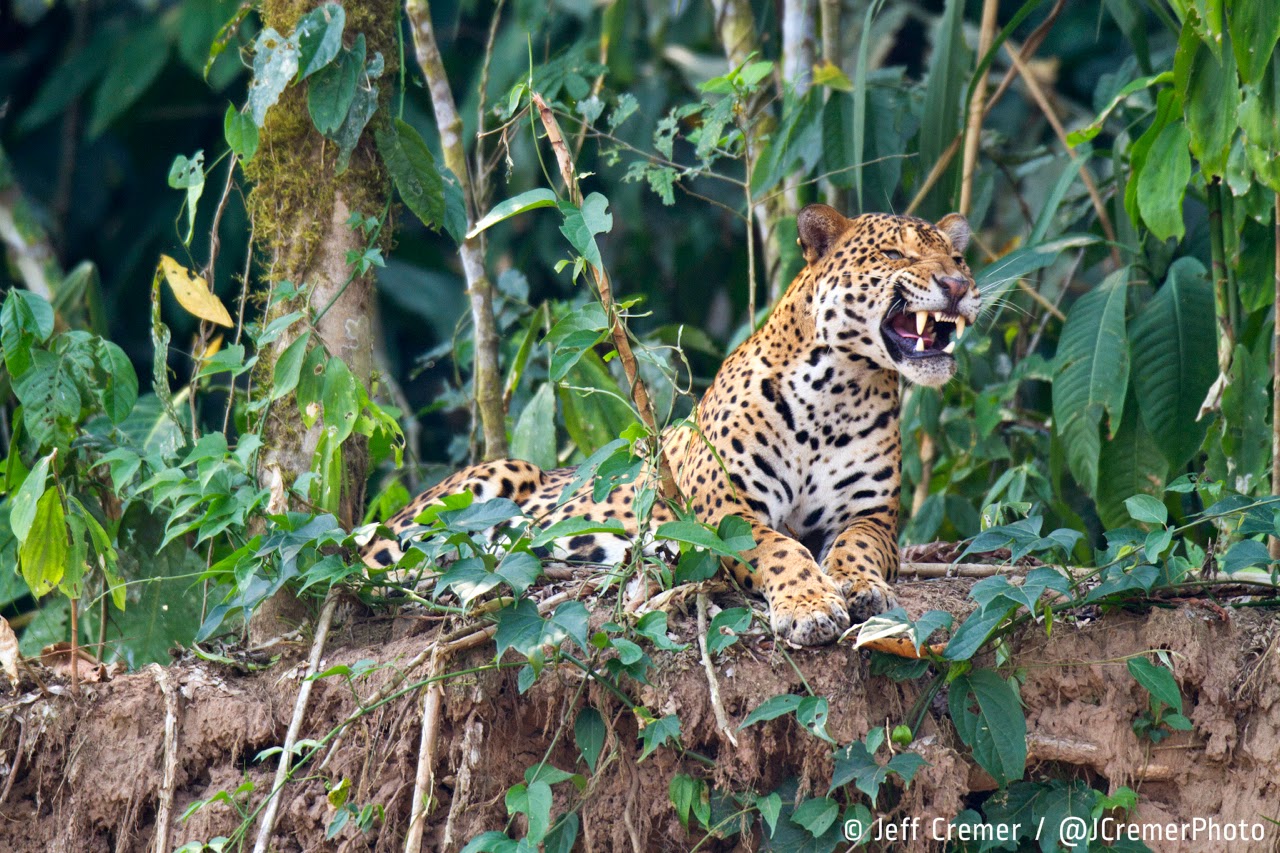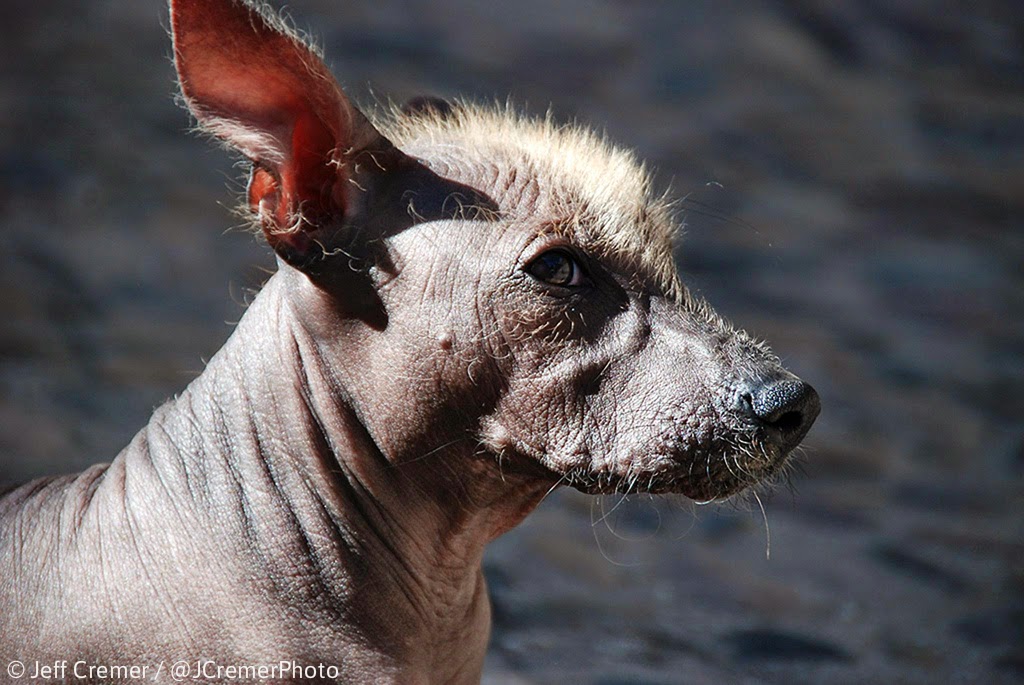That human intelligence is superior among the living world is almost a truism. Great intelligence—and a unique ability to reason, to experience emotion, to communicate using complex language and to understand and employ symbolism—are the criteria by which humans are set apart from the rest of the Earth’s creatures. By our own admission, we are the world’s greatest thinkers, and profoundly so.
Yet, for the past several hundred years, scientific discoveries have steadily eroded the uniqueness, the exceptionality, and the centrality of the human species and our place in the world. It all started, of course, with the discovery that the sun does not revolve around the Earth—that our humble little planet is but an insignificant blip in a vast universe replete with countless other worlds, with each one precisely, simultaneously, at its center.
While we do not yet have any direct evidence, astronomers tell us that as many as a million worlds within our own galaxy, the Milky Way, might be inhabited by intelligent life. And with around 400 billion other galaxies sprawled throughout the cosmos, intelligent life is essentially a statistical certainty—a striking and very beautiful proposition indeed.
Most recently, however, it is the cognitive scientists—those who study the acquisition of knowledge and understanding through thought and experience—that are teaching us that we must rethink the notion of our supremacy and our matchless intellect, right here on Earth. They are doing so not only by teaching sign language to gorillas and chimpanzees—an astonishingly impressive feat on the part of researcher and ape alike, to be sure—but by teaching us how the brains of our more distantly-related cousins, the monkeys, work. As it turns out, those monkey brains work a lot like our own.
![]() |
| A brown capuchin monkey forages in a palm tree at the Tambopata Research Center in Madre de Dios, Peru. |
The brown capuchin monkey, Cebus apella, is one of several species of capuchins found throughout the Amazon basin, including in Tambopata. The brown capuchin is widely considered among the most intelligent of the New World primates, or the monkeys and tamarins of the American tropics.
Recently, a group of researchers working in a laboratory at Yale University have successfully introduced the concept of currency to their captive brown capuchins. After months of introducing the monkeys to the small, metal disks that would serve as coins, the monkeys learned that they could exchange these coins for highly prized food items such as grapes.
Before long, the monkeys learned how to budget their coins, especially after the researchers introduced another highly-prized food item to the menu: Jell-O. When the price of Jell-O was reduced compared to grapes, monkeys reacted in precisely the way that current laws of economics in humans predict: they bought more Jell-O.
![]() |
| The facial expressions of brown capuchins belie their human-like intelligence. |
Perhaps the researchers’ most stunning find came after a monkey was observed exchanging money for sex with another monkey. The monkey had learned well the value of money, and most importantly, that it could be used to trade for goods and services—even prostitution!
You might ask, Why do monkeys have or need such powerful brains—which appear to have many of the high cognitive functions of our own—if they don’t appear to use them in many of the same ways that we do? Why, if they are able to barter for food and even sex in a laboratory setting using a symbolic currency, do we not see monkey towns and cities dotted throughout the rainforests of tropical America, instead of only human towns and cities?
We can’t yet answer the second question, although it is most likely the result of a combination of factors, including a poorly-developed vocal organ that prevents the use of complex language, limited tool use, a lack of bipedalism, or other factors which we do not yet know. But we can fairly confidently answer the first question, Why do monkeys have such powerful brains?
Although monkeys do not typically do math, or read or write, they do live in cooperative groups with complex social structures. Large groups provide protection in numbers, and with large snakes, jungle cats, and birds of prey standing (or slithering or flying) at the ready day and night to make a meal of a monkey, group life has its benefits.
But living in a group presents other challenges. For instance, a strict social hierarchy, in which dominant animals feed first at an abundant resource such as a fruiting tree, say, allows everyone to access food without a brawl each time food is discovered by the group. But how best to remember one’s place in such a hierarchy? Evidently, a large brain allows monkeys to know and recognize other individual monkeys, as well as their own and others’ social statuses. They also use their powerful brains, just as we do, to analyze the feelings and intentions of others, which is done with the help of a large amount of computing power. As we all know, social life and in-group politics are complex, and powerful brains have given primates the tools they need to survive and reproduce in large social groups.
This explanation makes evolutionary sense for humans, as well. Those individuals with more highly-developed brains—which should, on average, make them more competitive in a group setting—should again, on average, reproduce more. Their offspring, in turn will have bigger, more powerful brains, and so on, until, after many generations, intelligence on the order of that of humans has evolved from our more humbly intelligent ancestors.
There remains so much more to learn about human and non-human primate cognition. But one thing is already certain: monkeys are smart, and they use their brains in many of the same ways that we do, often to achieve similar or identical ends. In reality, this should not come as a surprise—on the grand evolutionary tree of life, we are very close relatives. But monkey prostitution? I don’t think anybody expected that!
![]() |
| It is beautiful to consider that we share an evolutionary kinship with these amazing, inquisitive, and crafty creatures. The capuchin's sharp intellectual abilities provide evidence of that kinship. |
Discoveries in the cognition of non-human primates—like the capuchin monkeys of Tambopata—continue to shatter the notions of total human uniqueness and our superiority over the rest of the Earth’s lifeforms. But, instead of viewing this as a demotion, I argue that such amazing discoveries are cause to celebrate. To celebrate the emerging knowledge that we are part of a complex yet beautiful creation in which all creatures share in a history and a future more interconnected and fascinating than we’ve ever before imagined—even if some of our shared characteristics might seem a bit unsavory.

![]()


















































































































































































